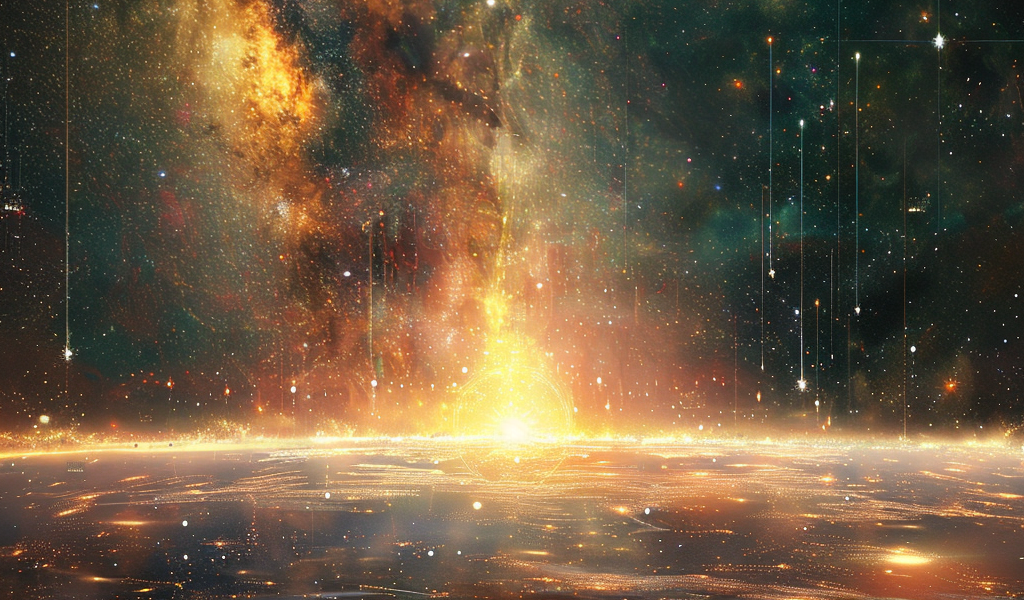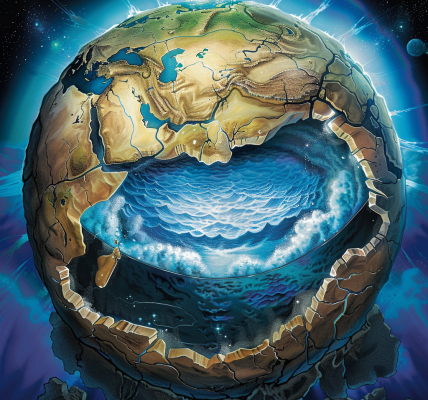Scientists have long been fascinated by the concept of ‘Dyson spheres’ as a potential method to detect alien life in the universe. The idea, originally theorized by renowned physicist Freeman Dyson, suggests that advanced civilizations could harness the energy of a star by constructing a shell made of mirrors or solar panels that completely surrounds it.
In a 1960 paper, Dyson proposed that intelligent species, within a few thousand years of industrial development, might create artificial biospheres enveloping their parent stars. This concept, inspired by Olaf Stapledon’s science fiction novel ‘Star Maker,’ captured the imagination of the scientific community and led to the term ‘Dyson spheres’ to describe these hypothetical megastructures.
While Dyson clarified that the structures could actually be a loose collection of objects orbiting the star independently, he also noted that Dyson spheres would emit detectable waste heat in the form of infrared radiation. This waste heat, according to Dyson, could serve as a potential indicator of extraterrestrial life.
Despite the excitement surrounding the idea, Dyson emphasized that infrared radiation alone would not confirm the presence of alien intelligence. However, the search for such signals could lead to the discovery of new astronomical phenomena beyond our current understanding.
George Dyson, a technology writer and one of Freeman Dyson’s children, highlighted the initial reception of the concept within the scientific community. While the likelihood of encountering alien civilizations was debated, the idea of using waste heat as a marker for advanced life forms gained traction.
Over the years, science fiction works and social critiques have further popularized the concept of Dyson spheres, exploring the implications of unlimited technological advancement and the search for extraterrestrial beings. The legacy of Freeman Dyson’s visionary idea continues to inspire scientific inquiry into the mysteries of the universe.





